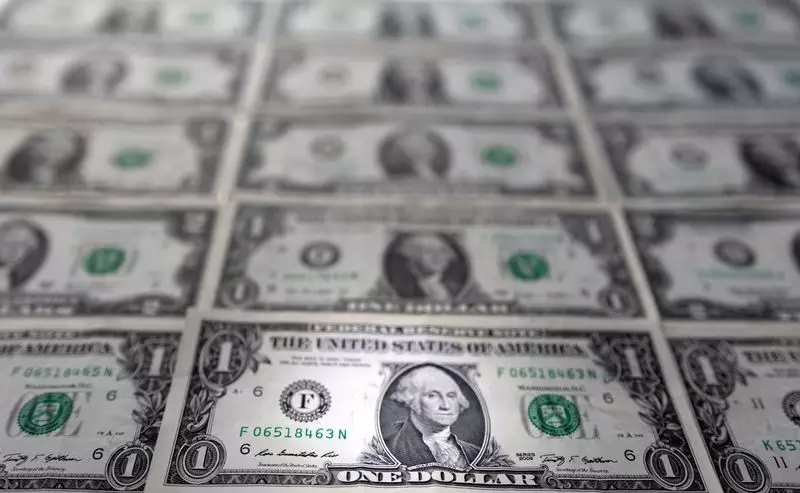The dollar has stabilized after reaching a four-week high against other major currencies, reflecting the anticipation among traders for vital U.S. inflation data and the Federal Reserve’s forthcoming interest rate projections. Following a robust jobs report last Friday, which hinted at persistent inflation alongside robust growth, the likelihood of the Fed reducing rates in the near future has diminished. The expectation of a September rate cut has decreased from 77.8% to 56%, as per the CME FedWatch tool. These factors have set the stage for a cautious approach among investors awaiting the release of the U.S. Consumer Price Index figures and the conclusion of the Fed’s policy meeting.
Anticipation of U.S. Inflation Data
The upcoming U.S. Consumer Price Index release will provide crucial insights into the inflationary trends within the economy. Analysts predict a slowdown in headline consumer price inflation from 0.3% to 0.1%, with core price inflation remaining constant at 0.3%. Simultaneously, the Federal Reserve is expected to maintain interest rates between 5.25% and 5.5%, prompting a closer examination of policymakers’ economic projections, particularly the “dot plot,” and Chair Jerome Powell’s press conference for indications of future rate cuts.
Market sentiment suggests a shift in the Fed’s stance on rate cuts, with a potential revision from three cuts in 2024 to two. The dollar index has maintained its strength, hovering around 105.27, with a peak at 105.46 since May 14. Conversely, the euro and sterling have experienced minor fluctuations, responding to internal political developments within the European Union and the United Kingdom. The Japanese yen, despite a recent increase in wholesale prices exceeding market expectations, has remained relatively stable against the greenback, with the Bank of Japan poised to make pivotal decisions regarding interest rates and its balance sheet.
The realm of cryptocurrencies, represented by bitcoin, has demonstrated a minimal rise to $67,339.00 amid the broader fluctuations in traditional currency markets. The interplay between conventional currencies, inflation data, and central bank policies has contributed to a complex and volatile landscape, engaging investors and analysts alike in a continuous process of monitoring, analysis, and strategic decision-making.
As the financial markets brace for the impact of U.S. inflation data and the Federal Reserve’s policy decisions, the dynamics of currency exchange rates and asset valuations remain subject to ongoing scrutiny and speculation. The interconnectivity of global economic indicators underscores the need for a nuanced understanding of market trends and a proactive approach to navigating the complexities of contemporary financial landscapes.

